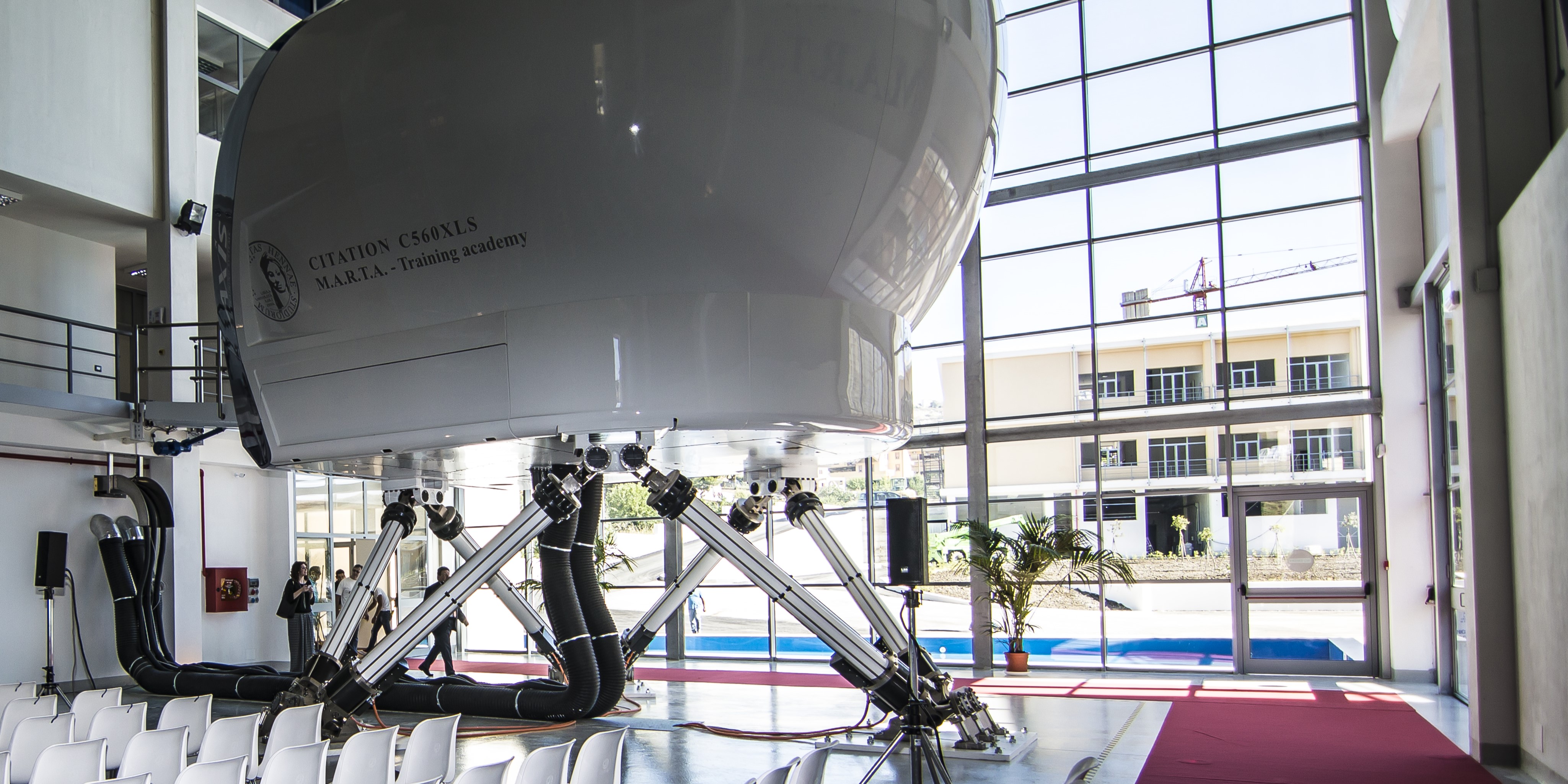
Experimental Testing and Numerical Simulation of Filled Hole Tension and Compression Carbon Specimens Under Dynamic Loading
Please login to view abstract download link
The Filled Hole Tension (FHT) and Filled Hole Compression (FHC) tests are commonly used to determine the strain and strength reductions caused by a fastener-filled hole under tension and compression loading, respectively [1,2]. Currently, several finite element models are available, which are capable of predicting the strength reduction and failure of composites under the presence of holes, pinned-holes or notches, such as [3,4]. Moreover, the experimental tests for FHT and FHC are well standardised [5]. However, the standards are designed for quasi-static loading and, in addition to this, current models lack the ability to account for strain rate effects. Nowadays, several studies have reported that there is a dependence of the material properties due to the strain rate [6]. Nonetheless, numerical and experimental work dealing with the dynamic response of composites with filled holes is still scarce. Moreover, there is no standard methodology establishing how to perform dynamic tests of FHT and FHC specimens, neither how to carry out the data reduction. In this work, we use the Split Hopkinson Pressure Bar (SHPB) for testing FHT and FHC specimens under dynamic conditions, see Figure 1. Both specimens consist on a carbon laminate with a preloaded Titanium bolt. Two different stacking sequences and two bolt sizes (M4 and M8) are analysed. A specific clamping tooling has also been designed to connect adequately the specimens with the bars, ensuring that the wave propagates smoothly from the bars to the specimen and no failure occurs in the clamping area (Figure 1). The testing set up has been designed using finite element simulations including a continuum damage model for carbon composites [3]. Quasi-static tests are also carried out. Preliminary results show that FHT specimens exhibit nearly no strain rate effects, while for the FHC, the strength under dynamic loading increased between 20 and 50% compared with the quasi-static. This difference in behaviour between the FHT and FHC coupons may be explained by the fact that the matrix plays a bigger role in the failure of FHC specimens. Results from this work highlight the relevance of using strain rate dependent properties under dynamic conditions to fully exploit the capabilities of composite structures, at least for the FHC material explored here. In addition, the generated experimental data can be used for validating finite element models that account for strain rate effects.
